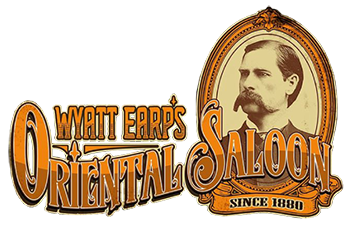AN OLD WEST LANDMARK OF TOMBSTONE HISTORY
IF THESE WALLS COULD TALK...
The Real West...Truth Stranger Than Fiction!

All of us– well, most of us– grew up on a diet of Westerns. Dime novels, TV shows, classic movies, all portrayed a wild-and-woolly American frontier full of tough people, harsh desert landscapes, shady saloons and tin-star justice. What draws so many people to Tombstone, Arizona, “The Town Too Tough to Die,” is the fact that here, in the yellowed pages of our history, the real story is so much more wild, and more interesting, than anything Hollywood could create! Landmarks like the Oriental Saloon offer Tombstone history as it really was!

TOMBSTONE...TOO TOUGH TO DIE!
The Oriental Saloon opened at the intersection of Fifth and Allen streets in Tombstone, Arizona Territory, in the summer of 1880, as news of the mining camp’s mineral wealth attracted visionaries and villains, outlaws and lawmen, to the barren Arizona desert. Despite attempts at civilizing the place, the frontier element seemed always to have the upper hand. Respectable people avoided whole sections of the town, gunfights were not uncommon, and the unlucky ones were shipped to Boot Hill for a quick burial. The boom went bust in less than a decade, but the Oriental Saloon was there to witness all of Tombstone’s ups and downs.
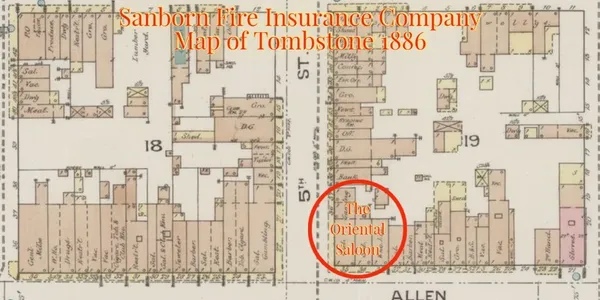

DESPERADOES AND HIGH-ROLLERS
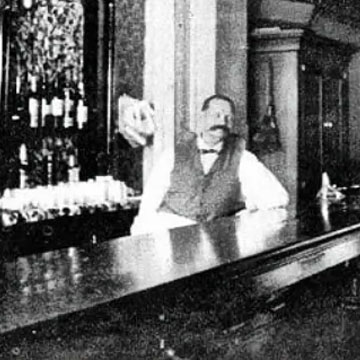
On July 22, 1880, the Tombstone Epitaph newspaper reported on the opening of the newest and grandest saloon in town, calling the Oriental “the most elegantly furnished saloon this side of the Golden Gate.” It was intended to be a high-class establishment catering to high-rollers, but frontier violence found its way there too: Tombstone diarist George W. Parsons called the Oriental “a regular slaughterhouse,” and wrote that “some of the boys will have to be boxed and sent home yet if they don’t behave themselves. Faro, whiskey, and bad women will beat anyone.”

LEGENDS OF THE AMERICAN WEST
Acclaimed gunslinger, peace officer, and gambler Wyatt Earp (seated, second from left) arrived in Tombstone in December 1879. He and his brothers did not come to town in search of six-shooter immortality; like everyone else who flocked to Tombstone, Wyatt Earp sought to get rich by investing in mining or opening businesses in town. A few months after the Oriental Saloon opened, Earp gained control of the lucrative gambling tables and kept a lid on the violence that had made the Oriental scandalous to so many residents of the booming silver camp.
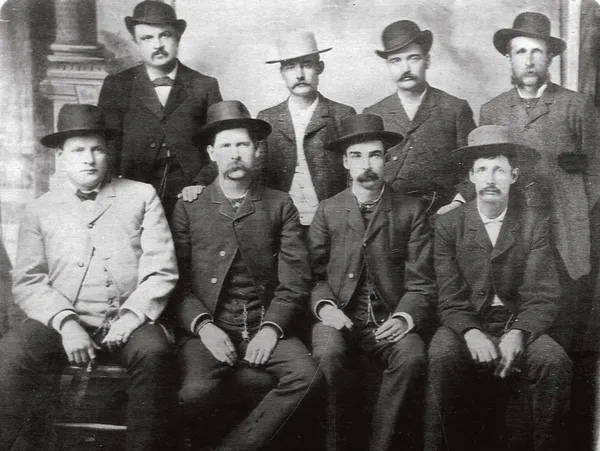

DOC HOLLIDAY VS. EVERYBODY - 1880
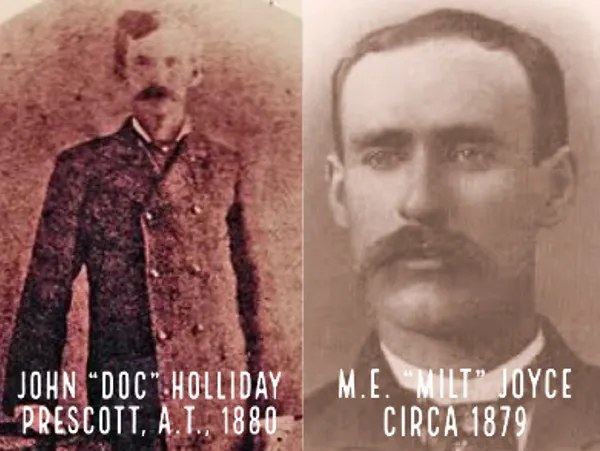
The first significant gunfight at the Oriental Saloon took place in October 1880, and involved everyone’s favorite scoundrel, the Southern-born gambler and gunslinger John Henry “Doc” Holliday. Doc was kicked out of the bar by proprietor M.E. “Milt” Joyce, but Doc soon returned with a pistol and opened fire from the doorway. He hit the bartender, a man named Parker, and managed to “wing” Joyce as well. Joyce disarmed Holliday and struck him with his own six-shooter, until the law arrived in the form of Pima County Deputy Sheriff Wyatt Earp. Earp arrested everyone involved in the fracas. At this point Doc had been in Tombstone for about a month.

THE DELEGATION FROM KANSAS
It was Kansas money that permitted Wyatt Earp to take over the Oriental Saloon gambling concession– funds obtained from controversial Dodge City banker and saloon owner Billy Harris– and men from Kansas soon arrived to ensure the money was being spent on the task at hand. Wyatt wasn’t too worried, as Harris’ point men in Tombstone were his old friends W.B. “Bat” Masterson and Luke Short. Masterson had been sheriff of Ford County (where Dodge City is located) and Short was a skilled gunman who added to the Oriental’s notoriety in February 1881 when he killed rival gambler Charlie Storms in the street outside the Oriental. Though Short had acted in self-defense, the threats he soon received from Storms’ friends prompted him to return to Kansas. Bat joined him.
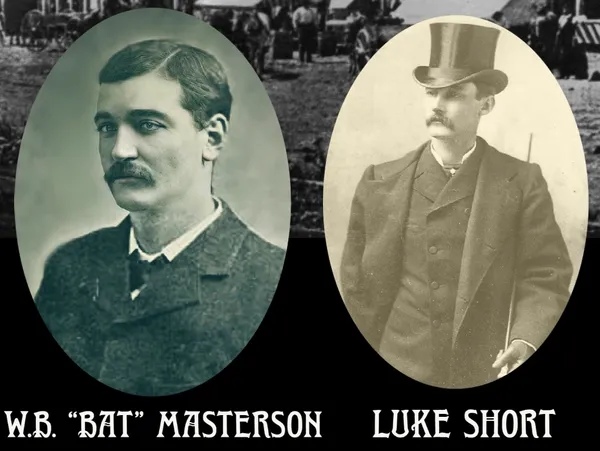

COW-BOYS' REVENGE: THE ATTEMPT ON VIRGIL EARP'S LIFE
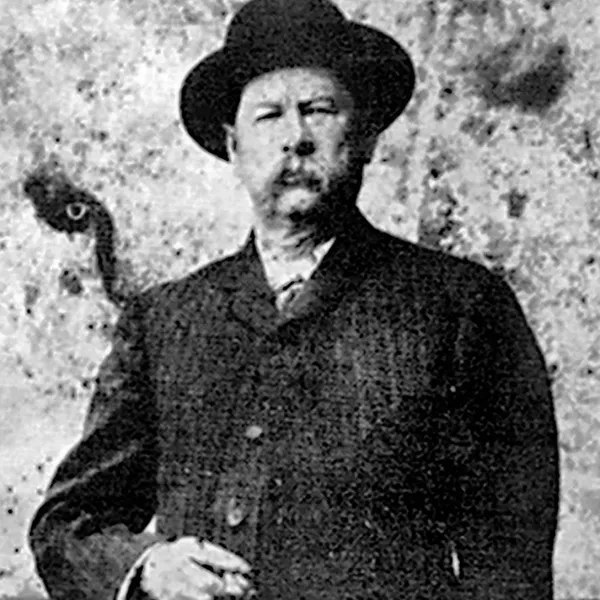
In late December 1881, two months after the infamous Earp-Clanton gunfight near the intersection of Third and Fremont streets made a little Tombstone history, surviving members of the Clanton gang attempted to extract some measure of revenge against the Earps. Ex-marshal Virgil Walter Earp was ambushed outside the Oriental Saloon by several hidden outlaws who turned loose with shotguns and pistols, seriously injuring the former marshal. Virgil survived, to the surprise of his friends and the dismay of the cow-boys. Wyatt Earp took over Virgil’s deputy U.S. marshal position while Virgil recovered, and began plotting his own revenge, right from the pages of Old West history.

THE SAGA OF BUCKSKIN FRANK
One of the most colorful gunfighters to inhabit the Oriental Saloon, as both a customer and an employee, was known as “Buckskin Frank” Leslie. Leslie appeared in Tombstone in 1880 and claimed to have known all the greats, from James Butler Hickok to Buffalo Bill Cody. Documentation remains scarce. Leslie was employed as a bartender at the Crystal Palace Saloon, and soon found comparable work at the Oriental. While working at the Oriental in November 1882, Leslie shot and killed one of the last surviving members of the defunct Clanton gang, William Floyd Claiborne, after a saloon argument turned physical and Claiborne threatened Leslie’s life.
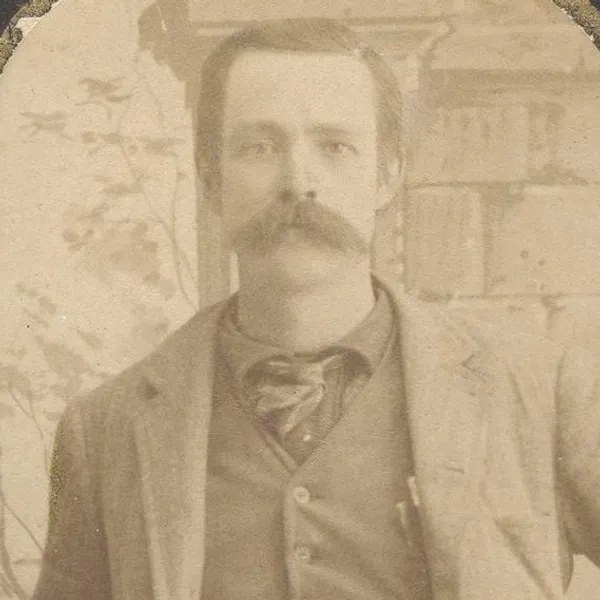

WYATT EARP GOES (FARTHER) WEST
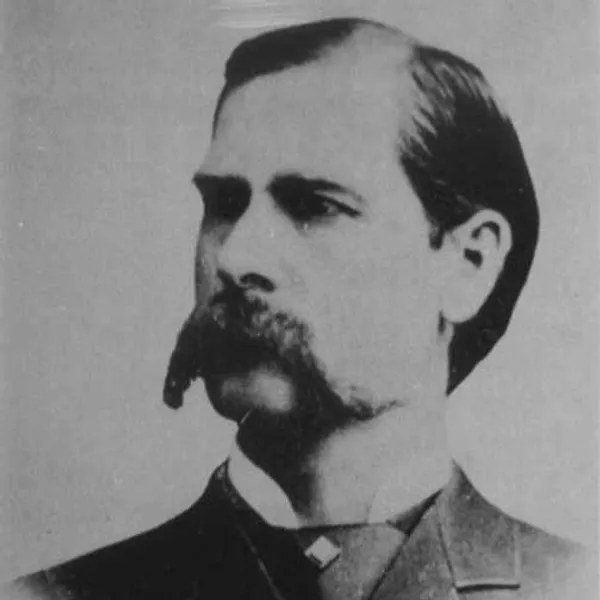
Following the March 1882 assassination of his brother, Morgan, Wyatt Earp abandoned his considerable holdings in the Tombstone mining district: real estate, mining and water rights, and his interest in the Oriental Saloon. The Earps relocated to and became identified with southern California, and while Tombstone would soon forget about the likes of Wyatt Earp and Doc Holliday, Earp’s decision to leave was a disaster for the Oriental Saloon. The place quickly regained its “slaughterhouse” reputation as fights became the rule, rather than the exception, and the better class of gamblers took their business to the Bird Cage Theater or the elegant Crystal Palace Saloon. The writing was on the wall for the once-mighty Oriental Saloon.

DECLINE AND REBIRTH OF A LANDMARK
Oriental Saloon proprietor Milt Joyce, who also owned a ranch outside Tombstone and served on the Cochise County board of supervisors, gave up on his dream and sold his interest in the Oriental Saloon in 1883, just a few years after its triumphant grand opening. He opened a restaurant and billiard hall in San Francisco, the Cafe Royal, with another mining-camp veteran named James Orndorff. The Oriental went from being the toast of the town to a grocery store, and then a drug store, in a matter of years. Eventually the famed Oriental Saloon was purchased and restored by attorney Bob “Bobcat” Cattany in 1970, and today the Cattany family remain the loving guardians of this historic landmark.
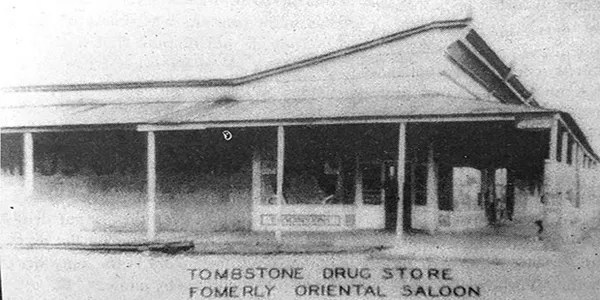

THE ORIENTAL SALOON REBORN
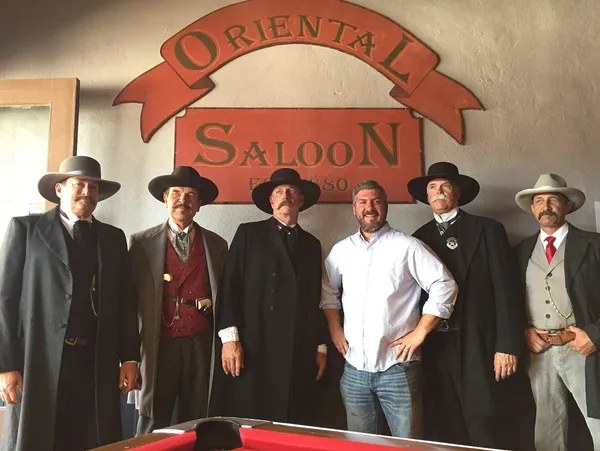
In February 2019, R.J. Herrig, owner of the Crystal Palace Saloon, took over the operation of the Oriental Saloon (which had most recently served as a clothing store and souvenir shop), determined to return the historic property to its former glory as the Oriental Saloon. In May 2019, the saloon resumed operation as a full-service bar with authentic Old West hospitality! R.J. and his staff are pleased to welcome you to the new and improved Tombstone landmark, the Oriental Saloon!

